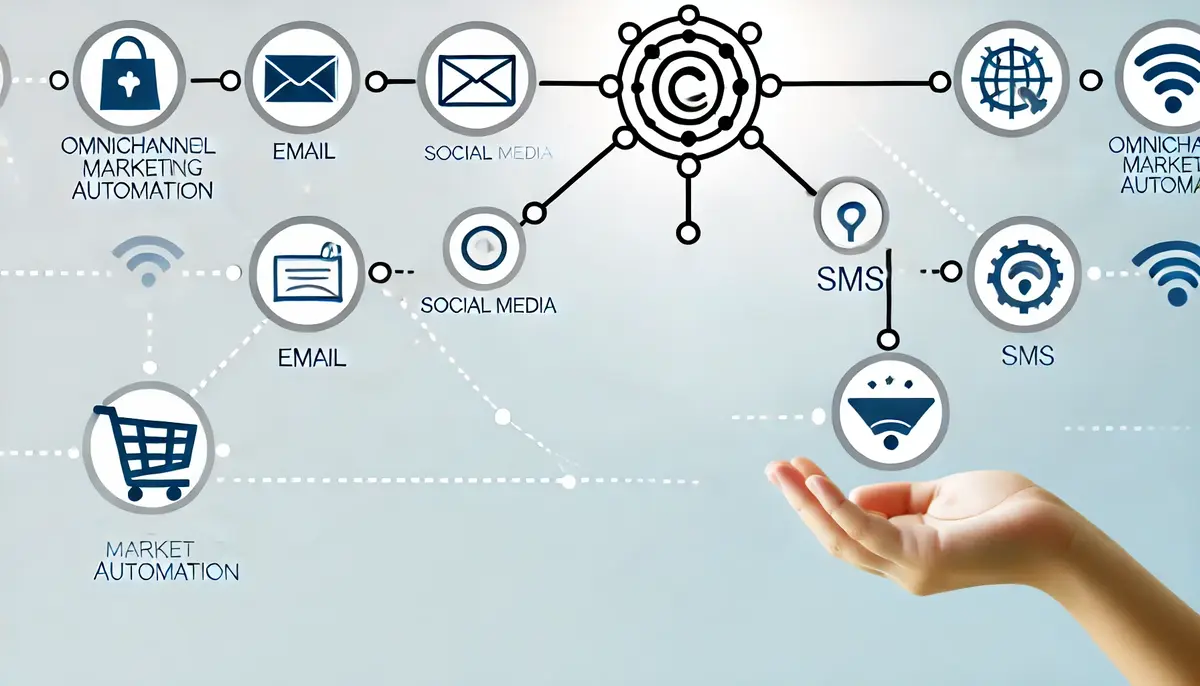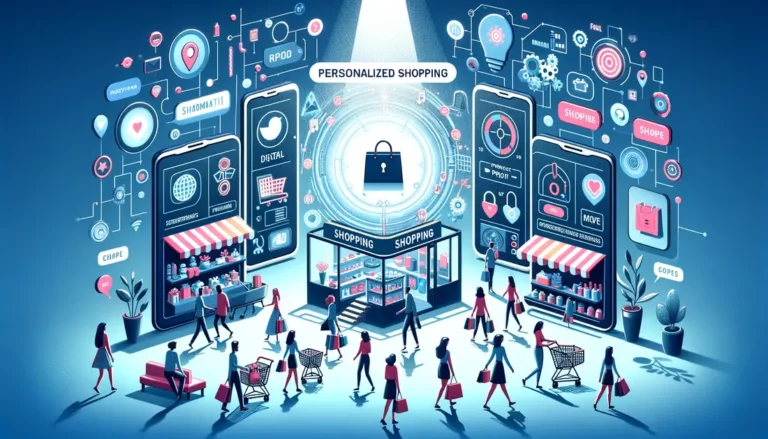If you’re running a small business—or dreaming of starting one—you’ve probably wondered whether this whole “omnichannel” thing is worth your time, or if it’s just another buzzword floating around the digital marketing world.
Spoiler alert: it’s not just hype, and I’m excited to walk you through why it might be a game-changer for you. Grab a coffee, and let’s chat about it like we’re sitting across from each other at your favorite café.
What Even Is Omnichannel Marketing, Anyway?
First, let’s clarify what we’re talking about. Omnichannel marketing is all about creating a seamless experience for your customers, no matter where they interact with your business. Think website, social media, email, your physical store (if you have one), or even a text message. The idea is that every touchpoint feels connected, consistent, and easy.
Imagine this: You’re shopping for a new pair of shoes. You browse a small business’s Instagram, click a link to their website, and add the shoes to your cart, but you haven’t checked them out yet. Later, you get an email reminding you about those shoes, with a discount code to sweeten the deal. You finally buy them in-store because you want to try them on. That smooth flow? That’s omnichannel marketing in action.
For small businesses, it’s less about being everywhere at once and more about ensuring the places you are working together. According to a 2023 report from McKinsey & Company, companies with strong omnichannel strategies retain 89% of their customers, compared to 33% for those without.
Why Small Businesses Can’t Ignore This (Even If You’re Stretched Thin)
I get it—you’re wearing a million hats. Marketing might feel like one more thing on an already overflowing plate. But here’s the deal: your customers don’t care how busy you are. They expect convenience, and they’re already living in an omnichannel world. A study found that 73% of consumers use multiple channels during their buying journey. If you’re not meeting them where they are, someone else will.
Let me share a quick story. A friend of mine runs a small bakery. For years, she relied on foot traffic and a basic Facebook page. Sales were fine, but nothing special. Then she started tying things together—posting daily specials on Instagram, linking to an online order form, and sending text reminders for pickup.
Within six months, her revenue jumped 30%. Why? Because her customers could engage however they wanted, not just how she was set up. That’s the power of omnichannel.
The Big Benefits for Small Businesses
So, what’s in it for you? Let’s break it down into bite-sized pieces:
1. Happier Customers
When your website, social media, and emails tell the same story, customers feel like you’ve got your act together. They don’t have to hunt for info or wonder why your Instagram says one thing and your site says another. Consistency builds trust, and trust keeps people coming back.
2. More Sales (Yes, Really!)
Shoppers who engage with a brand across multiple channels spend more. A study showed that businesses using three or more channels in their campaigns saw a 287% higher purchase rate than single-channel efforts. For a small business, that could mean the difference between scraping by and thriving.
3. Stand Out from the Crowd
Let’s be real—your competitors probably aren’t doing this yet. Most small businesses stick to one or two channels and call it a day. If you’re the one making it easy to browse, buy, and ask questions across platforms, you’re the one they’ll remember.
4. Data That Actually Helps
With an omnichannel approach, you can track how people move between channels. Maybe they will see your ad on TikTok, check your site on their phone, and then buy from their laptop later.
Tools like Google Analytics or Shopify’s dashboard (if you’re an e-commerce business) can show you this journey so you know what’s working.
Okay, But Can You Pull This Off on a Small Budget?
Absolutely. You don’t need a fancy agency or a massive team. Here’s how to start small and smart:
Step 1: Pick Your Core Channels
You don’t have to be on every platform. Figure out where your customers hang out—selling handmade jewelry? Instagram and Pinterest might be your sweet spot.
Running a local service like plumbing? Focus on your Google Business Profile, your website, and maybe text messaging. Start with 2-3 channels you can manage well.
Step 2: Keep Your Message Consistent
Your brand voice, colors, and vibe should be the same everywhere. If your Instagram is quirky and fun but your website is stiff and formal, it’s jarring. I once worked with a client who had a playful Twitter but a dull email newsletter. Customers were confused, and engagement tanked. Sync it up, and you’ll see the difference.
Step 3: Use Tools to Save Time
You’re not Superman (or Wonder Woman). Tools like Buffer or Hootsuite let you schedule social posts across platforms.
Mailchimp can handle email campaigns and tie them to your website. Many of these have free tiers that work great for small businesses.
Step 4: Test and Tweak
Start simple—like linking your social posts to your website—and see what sticks. My bakery friend tested text reminders after a customer suggested them. Now, they’re her top driver for repeat orders. Try something, track it, and adjust.
Yes, You Need This (But Start Where You Are)
Here’s my take: an omnichannel marketing strategy isn’t a luxury for small businesses—it’s a must if you want to grow. Your customers are already bouncing between channels, and they’re not waiting for you to catch up.
But don’t stress—you don’t have to do it all overnight. Start with what you’ve got, tie it together, and watch how it transforms your business.
FAQs
Q: Isn’t omnichannel just for big brands like Amazon?
Nope! Big brands might have more resources, but small businesses can do this on a smaller scale. It’s about connection, not scale. Even a coffee shop with a website, Instagram, and email list can rock an omnichannel vibe.
Q: What if I don’t have the tech skills?
You don’t need to be a coder. Platforms like Squarespace for websites or Canva for graphics are beginner-friendly. Plus, tons of free tutorials on YouTube can walk you through the basics.
Q: How long does it take to see results?
It depends, but if they’re consistent, most small businesses notice a lift within 3-6 months. Focus on one improvement at a time—like adding a “shop now” button to your Instagram—and build from there.








